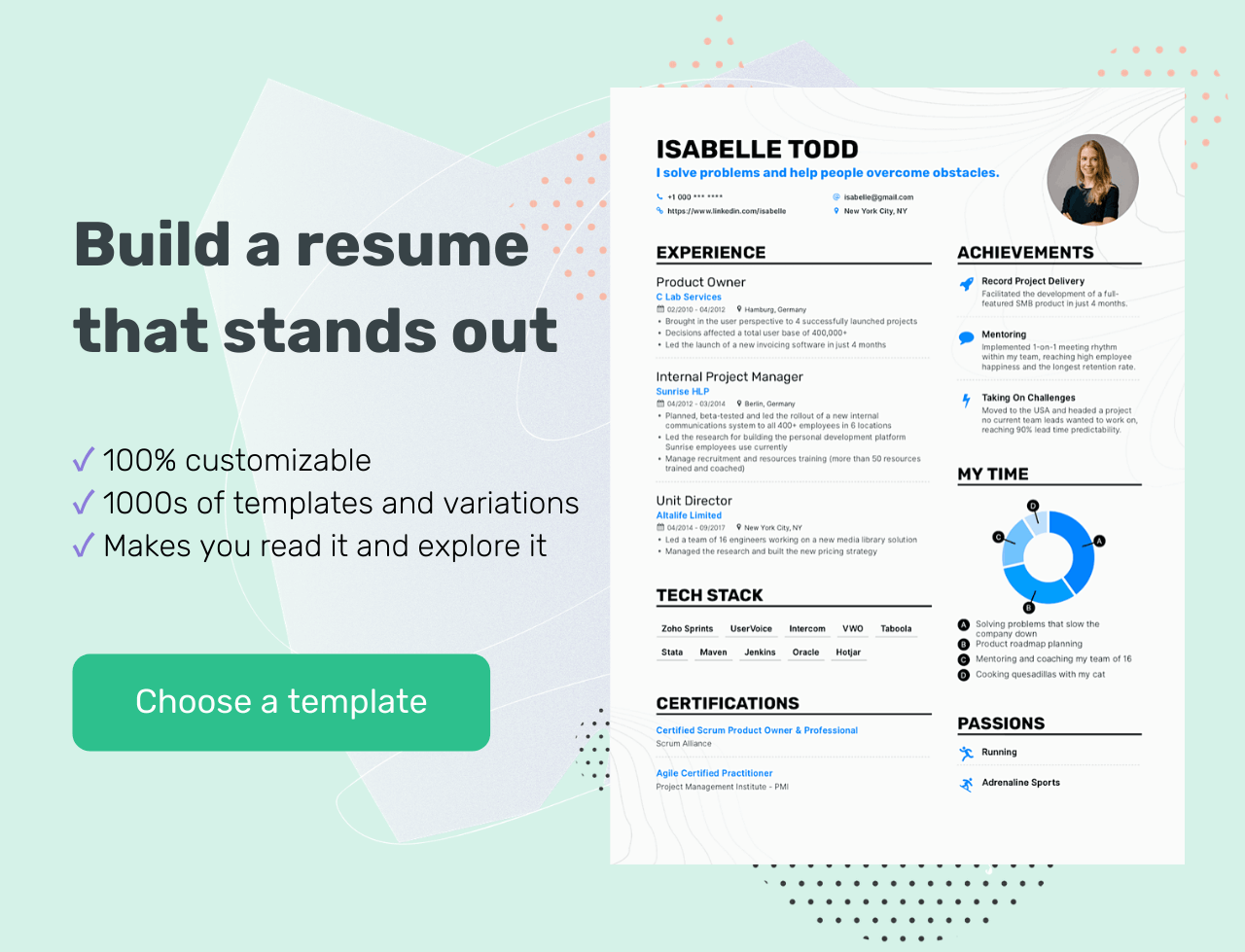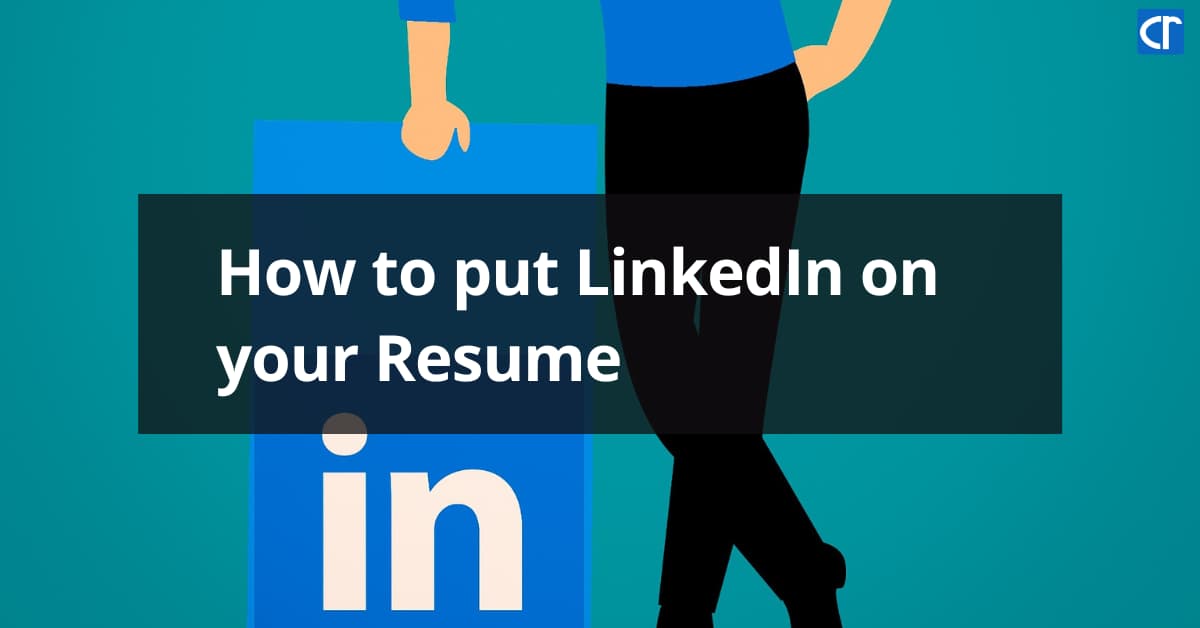As modern job seekers navigate the ever-evolving job market, the question often arises: should you include your LinkedIn profile on your resume? With LinkedIn being one of the most popular professional networking platforms out there, it can be a valuable resource for showcasing your skills and connecting with potential employers. In this blog post, we’ll examine the importance of
The Importance of LinkedIn in Today's Job Market

In an age where social media is interwoven with professional development, LinkedIn stands out as a crucial tool in job searching and networking. Here are several reasons why having a strong LinkedIn presence is vital:
- Professional Networking: LinkedIn enables you to connect with industry professionals, alumni, and potential employers. Networking is often the key to unlocking job opportunities that aren’t advertised publicly.
- Showcasing Your Skills: Your LinkedIn profile serves as an online portfolio. You can display your work experience, endorsements, and recommendations, providing a comprehensive view of your capabilities.
- Recruiter Insights: Many recruiters use LinkedIn to search for and vet candidates. A well-optimized profile can increase your visibility, giving you the chance to be discovered by companies looking for your specific skill set.
- Industry News and Trends: LinkedIn offers a platform for following industry leaders, companies, and groups, keeping you informed about market trends and potential job openings.
- Personal Branding: Your LinkedIn profile is essentially your digital business card. Use it to build your personal brand, position yourself as an expert in your field, and express what makes you unique.
Considering these factors, it’s clear that LinkedIn plays a significant role in today’s job search landscape. But does this mean you should include it on your resume? Let’s dive into that next!
Advantages of Including LinkedIn on Your Resume

Including your LinkedIn profile on your resume can come with a slew of benefits that might just make you shine brighter than the rest. Here are some of the standout advantages:
- Showcases Your Professional Brand: A LinkedIn profile is like a digital business card—it's an opportunity to showcase your professional persona. By including it, you're giving employers a chance to see your brand in its entirety.
- Access to Recommendations and Endorsements: Your LinkedIn profile may feature recommendations from colleagues or endorsements for your skills, which adds credibility. Employers can easily view these testimonials, boosting your chances of standing out.
- Expanded Network Visibility: Employers often appreciate seeing the size and relevance of your professional network. A strong LinkedIn network can signal that you are well-connected in your field.
- Latest Updates and Information: Your LinkedIn profile can detail your latest roles, responsibilities, or projects—providing insight into your most up-to-date qualifications that a traditional resume might not capture.
- Increased Searchability: Many recruiters use LinkedIn as a search tool. By including your profile on your resume, you may enhance your discoverability during their recruitment process.
In short, putting your LinkedIn profile on your resume can significantly enhance your candidacy. Just make sure your profile is polished and aligns with the messaging on your resume!
Potential Drawbacks of Adding LinkedIn to Your Resume
While sharing your LinkedIn profile can certainly have its perks, there are also a few potential drawbacks to consider before you take the plunge:
- Inconsistencies in Your Information: One of the biggest risks is having discrepancies between your resume and LinkedIn profile. Ensure both documents align perfectly; otherwise, inconsistencies may raise red flags for potential employers.
- Privacy Concerns: LinkedIn is a public platform. By sharing your profile link, you might expose information that you’d rather keep private. Be sure to review your privacy settings before sharing!
- Overloading with Information: A resume is meant to be concise. Including your LinkedIn link may tempt you to add more detail to your resume, diluting its impact. Less is often more!
- Risk of Relying Too Heavily on Digital Presence: If you focus too much on your LinkedIn profile, you may neglect the importance of crafting a strong, tailored resume. Remember, a resume should always be the star of the show.
- Not All Employers Use LinkedIn: Some employers may not prioritize looking at LinkedIn profiles, feeling content with the information provided in your resume. Including it may not carry weight in every hiring process.
So, while the option to link to your LinkedIn can be enticing, it's essential to weigh these potential pitfalls carefully. It's all about finding the right balance!
When to Include LinkedIn on Your Resume
Deciding whether or not to include your LinkedIn profile on your resume isn't a one-size-fits-all situation. Here are some key factors to consider:
- Industry Standards: In fields like tech, marketing, or business, a LinkedIn profile is often expected. If you’re in a traditional sector, you may want to weigh your options.
- Profile Completeness: If your LinkedIn profile is well-rounded, includes recommendations, and showcases your skills and achievements, adding it to your resume can enhance your application.
- Job Relevance: If the job you’re applying for values social networking, community engagement, or online presence, including your LinkedIn profile can be advantageous.
- Connection Opportunities: If you have a substantial network that’s relevant to the job, your LinkedIn could serve as a supplement to your resume, showcasing your connections and collaborative skills.
- Senior Roles or Specialized Fields: For higher-level positions where personal branding is crucial, your LinkedIn profile can act as a digital business card, providing a way for employers to learn more about you.
Ultimately, it's about whether your LinkedIn profile adds value. If it does, go ahead and include it. If not, it might be better to leave it off.
How to Effectively Integrate LinkedIn into Your Resume
Adding your LinkedIn profile to your resume isn't just about slapping on a link; it's about doing it in a way that enhances your overall presentation. Here’s how:
- Placement: Typical placement for your LinkedIn link is near your contact information at the top of your resume. This makes it easy for hiring managers to find.
- Shorten the URL: Use a URL shortener or customize the link via LinkedIn to avoid a lengthy, cluttered URL. For example, instead of linkedin.com/in/john-doe-123456, use something like linkedin.com/in/johndoe.
- Highlight Key Sections: If your LinkedIn showcases accomplishments or projects that align closely with the job, point this out in your resume, such as: “For more detailed project descriptions, please visit my LinkedIn profile.”
- Call to Action: Consider adding a short line encouraging employers to visit your LinkedIn for more information or insights into your professional journey.
- Maintain Consistency: Ensure that your resume and LinkedIn profiles are in harmony. The information should match regarding job titles, dates, and accomplishments.
By following these tips, you can seamlessly integrate your LinkedIn profile into your resume, making it a powerful tool in your job search arsenal.
Including LinkedIn on Your Resume: Should You or Shouldn't You?
In today’s digital age, social media platforms play a significant role in professional networking and job searching. Among these, LinkedIn stands out as a vital tool for professionals across various industries. The question arises: should you include your LinkedIn profile on your resume? The answer isn’t straightforward and often depends on several factors.
Here are some *reasons to include LinkedIn on your resume*:
- Professional Networking: LinkedIn allows potential employers to see your professional connections and endorsements.
- Expanded Profile: Your LinkedIn profile can include more details than your resume, such as recommendations, publications, and projects.
- Search Visibility: Including your LinkedIn link increases the chances of your profile being seen during employer searches.
- Showcases Your Brand: A well-crafted LinkedIn profile allows you to showcase your personal brand effectively.
However, there are also factors to consider:
- Incomplete Profile: If your LinkedIn profile is lacking information compared to your resume, it may confuse employers.
- Privacy Concerns: Some candidates may not want to share their full professional network or contact details.
- Misrepresentation: An inconsistent message between your resume and LinkedIn might raise eyebrows.
Ultimately, the decision to include your LinkedIn profile on your resume should be based on the completeness of your profile and the relevance of the platform to your job search strategy. If your LinkedIn presence strengthens your application, it can be a valuable addition.










